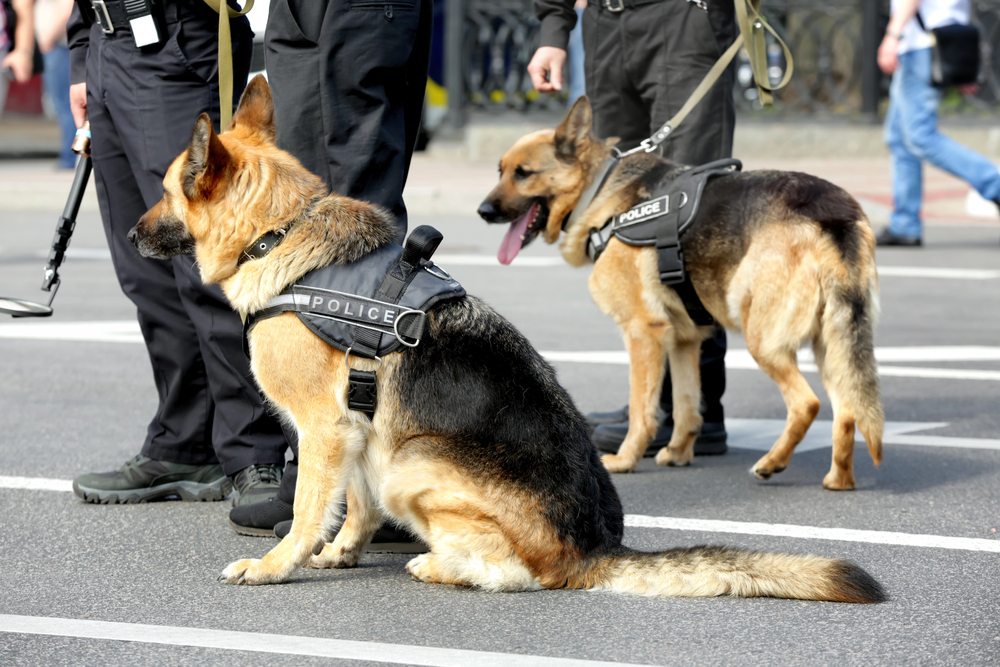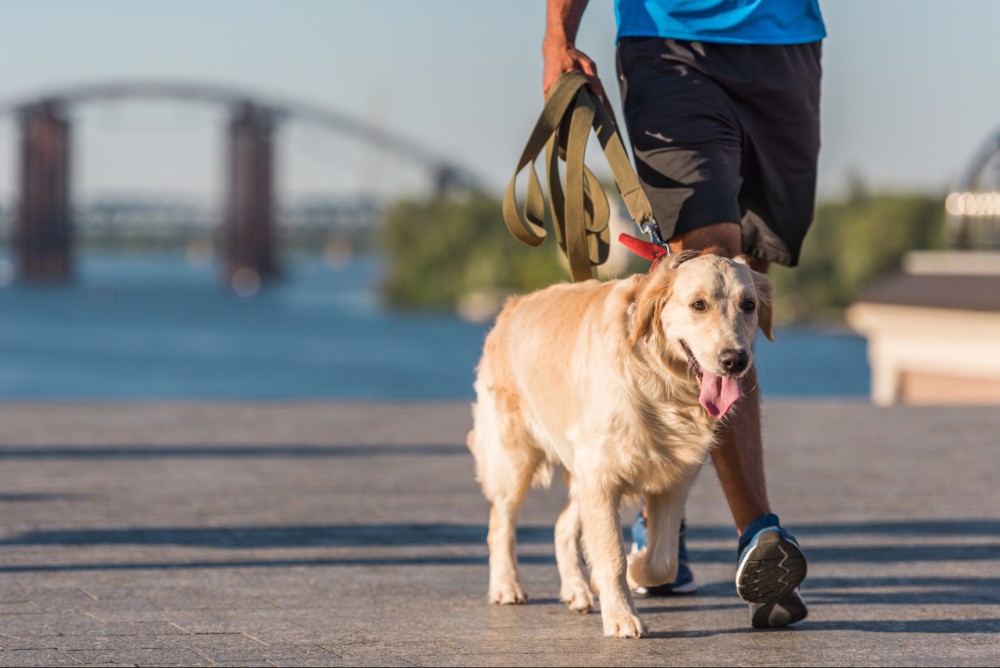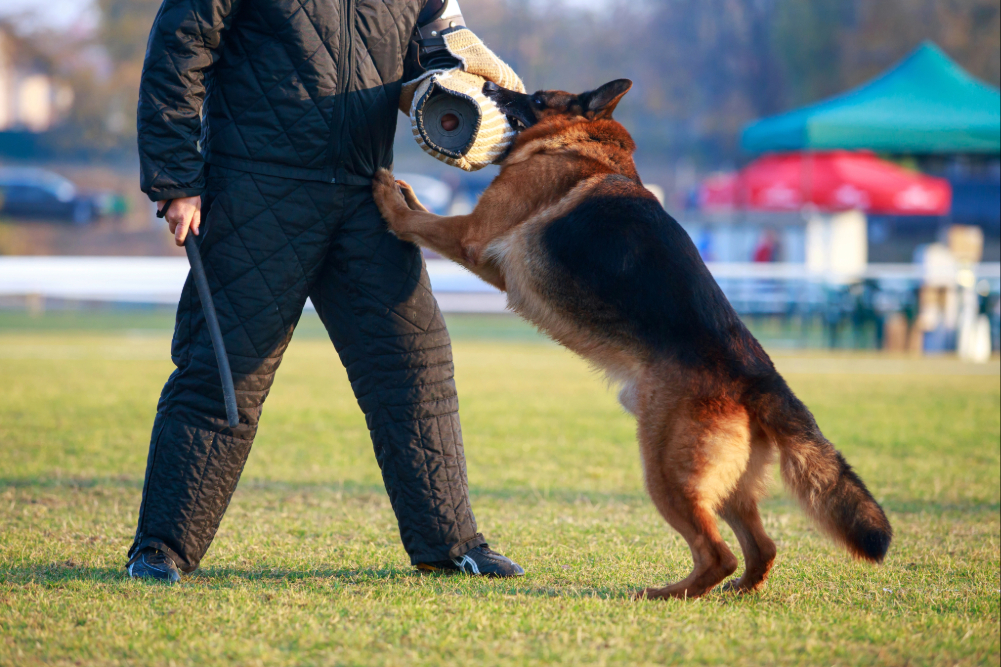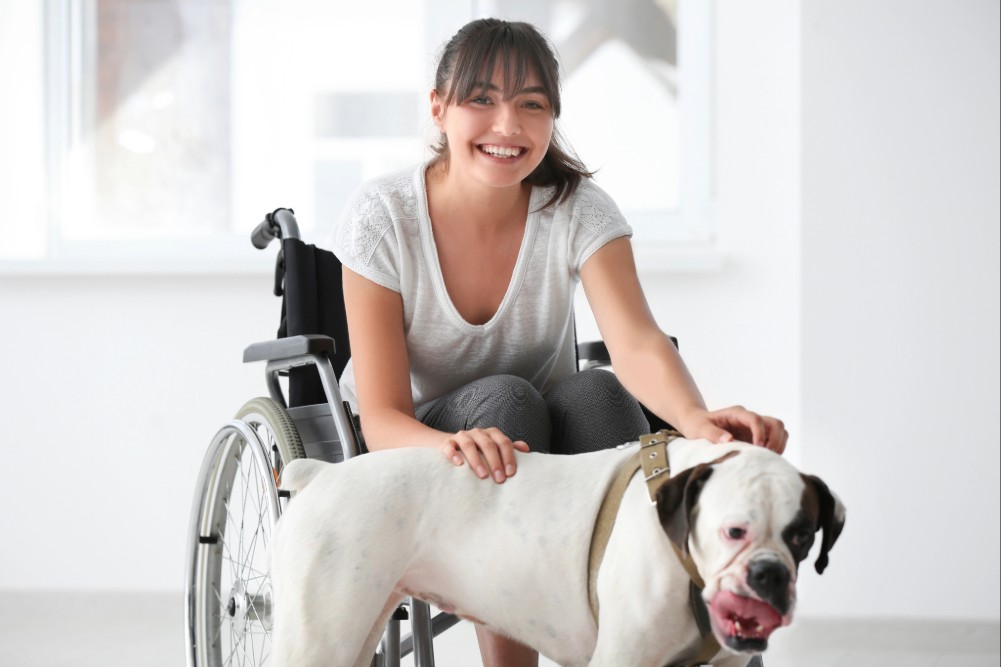
Dog training is an essential part of raising a well-behaved and happy pet, but it can be challenging for many dog owners. Unfortunately, even the most dedicated pet parents often fall victim to common dog training mistakes that hinder progress. Whether you’re exploring k-9 dog training methods or basic doggy training, understanding what to avoid is just as important as knowing what to do.
Starting Without a Plan
One of the biggest mistakes dog owners make is diving into training without a clear strategy. Dogs thrive on consistency, and a lack of structure can confuse them, slowing their progress. Before beginning training, you should outline your goals and decide which commands, behaviors, or routines are most important to focus on.
Without a proper plan, it’s easy to feel overwhelmed or give up on training altogether. Writing down a step-by-step approach can help you stay organized and track your dog’s progress. Remember, a well-thought-out plan leads to a more confident and cooperative pup.
Neglecting Positive Reinforcement
Relying on negative tactics, like scolding or punishment, often results in a stressed or fearful dog. Dogs respond better to praise, treats, and affection when they perform desired behaviors. Incorporating positive reinforcement helps build trust and strengthens your bond with your dog, ensuring a more successful training journey.
Positive reinforcement is especially effective because it motivates dogs to repeat good behaviors. Rewarding your dog immediately after they perform the desired action creates a clear connection between the behavior and the reward. This method encourages faster learning and happier training sessions.
Being Inconsistent with Commands
Using different words or tones for the same command is a common yet significant error. For example, saying "sit" one day and "sit down" another can confuse your dog about what you expect. You should aim to stick to consistent commands and cues to make learning easier for your furry friend.
Consistency extends beyond words; it also applies to your timing and body language. Dogs pick up on subtle cues, so it is good to ensure that everyone in your household uses the same approach during training. This unified effort will reinforce the learning process and prevent setbacks.
Expecting Results Too Quickly
Dog training takes time, patience, and persistence. Expecting instant results often leads to frustration for both you and your pet. Celebrate small wins and understand that learning new skills or modifying behavior is a gradual process that requires ongoing commitment.
Rushing the process can also discourage your dog, making them less willing to learn. Set realistic expectations and break down complex tasks into manageable steps. This approach creates a positive learning environment and keeps both you and your dog motivated.
Ignoring Your Dog’s Individual Needs
Not all dogs respond to training the same way, yet many owners overlook their pet’s unique personality and needs. A cookie-cutter approach may not work for a high-energy dog that needs mental stimulation or a shy dog that requires patience. Opt for customized behavior training for your K9 to address your dog’s specific requirements effectively.
Understanding your dog’s breed, age, and temperament is essential for creating a successful training program. Tailoring your approach ensures your dog feels comfortable and engaged, leading to better results. Every dog is unique, and their training should reflect that individuality.
Overtraining or Undertraining
Striking the right balance in training sessions is important. Overtraining can lead to burnout, while undertraining can result in slow progress or forgotten lessons. Aim for short, frequent sessions to keep your dog engaged without overwhelming them.
Pay attention to your dog’s behavior during training sessions. Signs of fatigue, such as yawning or avoiding eye contact, indicate it’s time to take a break. On the other hand, regular reinforcement of learned behaviors helps maintain your dog’s skills and prevents regression.
Using Training Tools Incorrectly
Training tools like leashes, clickers, or harnesses can enhance training but must be used properly. Misusing these tools can create discomfort or even harm your dog. Take the time to learn how to use each tool effectively to ensure a safe and productive training experience.
For example, a leash should guide your dog, not yank or pull them. Similarly, clickers are most effective when paired with immediate rewards. Proper use of tools not only boosts training success but also ensures your dog feels safe and confident.
Skipping Socialization
Many dog owners focus solely on basic commands and neglect the importance of socialization. Without exposure to different environments, people, and other animals, dogs can develop behavioral issues such as fear or aggression. Incorporating socialization into your training routine helps your dog adapt to various situations confidently.
Socialization should start early and continue throughout your dog’s life. Introduce them to new experiences gradually to prevent overwhelming them. A well-socialized dog is more adaptable and less likely to react negatively in unfamiliar situations, making them a joy to be around.
Overlooking Mental Stimulation
Physical exercise is vital, but mental stimulation is equally important for your dog’s well-being. Training sessions, puzzle toys, and games like hide-and-seek can challenge your dog’s mind and keep them engaged. Dogs that lack mental stimulation often develop behavioral issues like excessive barking or chewing, hence, it is important not to overlook mental stimulation and training.
Incorporating mental exercises into your daily routine doesn’t have to be complicated. Short, fun activities can improve your dog’s problem-solving skills while strengthening your bond. A well-exercised mind leads to a calmer and happier dog.
Avoid These Mistakes for Training Success
Avoiding these common pitfalls is key to creating a strong foundation for your dog’s training journey. Whether you’re tackling obedience training or looking into k-9 dog training, small adjustments can lead to big improvements. If you’re ready to take your dog’s training to the next level, consider professional guidance tailored to their specific needs.
At Controlled K9, we provide custom training solutions that go beyond cookie-cutter programs. With services like board and train and behavior modification, we’re committed to helping your dog thrive. Schedule an appointment today to learn how we can help you and your furry companion gain control.




Comments